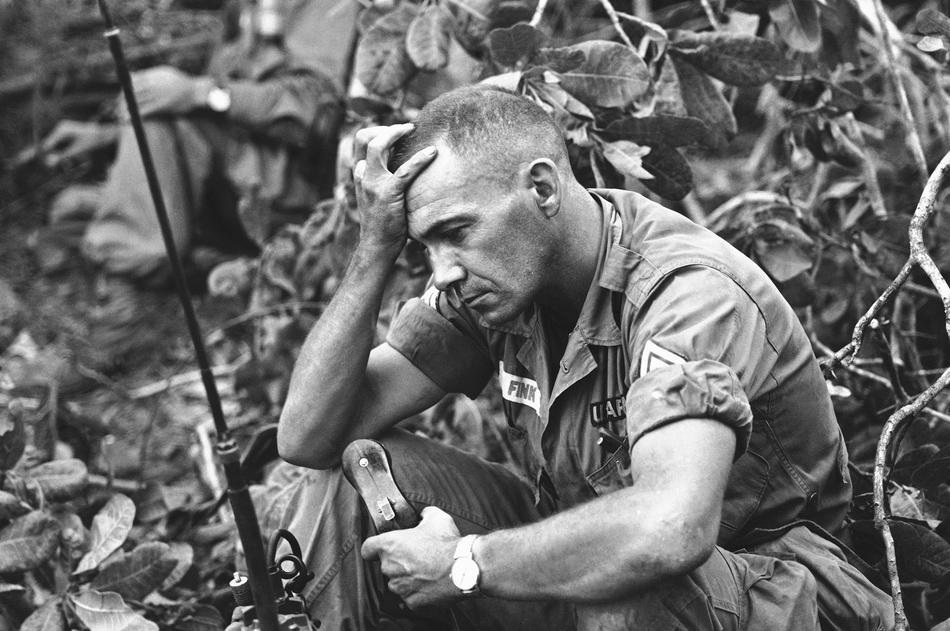The Vietnam War, an endeavor fraught with contention and complexity, concluded in 1975, yet its reverberations continue to shape contemporary socio-political landscapes. The aftermath left behind a tapestry woven with threads of anguish, resilience, and transformation. What does it mean to navigate the aftermath of such a pervasive conflict? How does one reconcile the convoluted emotions of loss and survival, especially when survival often entails existing in the shadows of a painful legacy? These questions pose a formidable challenge for both individuals and societies attempting to heal.
To begin with, the war’s human cost was staggering, with millions of Vietnamese and over 58,000 American lives lost. This tragic toll engendered a pervasive culture of sorrow that permeated both nations. In Vietnam, entire communities were left shattered, with families torn apart and livelihoods annihilated. Through this lens, the collective memory of the war has emerged as a central aspect of Vietnamese identity. Memories of brutality and loss have been painstakingly interwoven into the collective narrative, fostering a culture of remembrance that is at once poignant and all-consuming.
Moreover, the environmental devastation caused by the war, primarily through the indiscriminate use of Agent Orange and other herbicides, has rendered significant portions of Vietnam’s farmland lifeless. These chemical agents have left a legacy of health crises, with generations suffering from physical ailments and psychological distress, leading to what many have termed the “Agent Orange legacy.” This ecological toll has further exacerbated food security issues and economic instability, prompting a cycle of poverty that is difficult to break.
Transitioning to the United States, the war’s repercussions were equally profound. While American soldiers returned home, many did so bearing the invisible scars of combat, manifesting as post-traumatic stress disorder (PTSD) and other mental health issues. The intersection of public perception and veteran affairs sparked significant debate and commentary in the ensuing decades. Many veterans encountered a country that viewed them with ambivalence, often conflating soldiers with the contentious nature of the conflict itself.
This societal rift prompted initiatives to establish support systems for veterans, marking a crucial step towards acknowledging their sacrifices. Organizations dedicated to mental health and reintegration emerged, aiming to confront the challenges faced by returning soldiers. Nonetheless, the efficacy of these programs remains a subject of critical analysis, highlighting the complex transition from soldier to civilian within a framework of societal distrust.
Furthermore, the Vietnam War has indelibly transformed American foreign policy, leading to an aversion to direct military engagement in foreign conflicts, often referred to as the “Vietnam Syndrome.” This terrestrial legacy has engendered a more cautious approach to intervention, advocating for diplomacy and multinational coalitions over unilateral military action. Nevertheless, this cautious stance has been tested in subsequent global conflicts, illustrating the struggle to balance national interests with humanitarian imperatives.
Another dimension to consider is the cultural impact of the Vietnam War. It permeated art, literature, and film, becoming emblematic of a generation’s disillusionment. Works such as “The Things They Carried” by Tim O’Brien revealed the complex layers of combat experience, interspersing narrative with stark realism. This artistic representation not only memorialized the struggles of veterans but also provided a venue for discourse about the psycho-social burdens inflicted by wartime experiences.
In an attempt to address the multifaceted consequences of the Vietnam War, various memorials have been established. The Vietnam Veterans Memorial in Washington, D.C., stands as an enduring tribute to those who lost their lives and serves as a point of reflection for visitors. The starkness of its design invites contemplation while fostering a dialogue about the costs of war. Yet, the effectiveness of such memorials is often debated—do they merely serve as reminders of past traumas, or can they function as catalysts for healing?
Despite the pervasive gloom that surrounds the aftermath, narratives of resilience also permeate the legacy. In Vietnam, there exists a profound capacity for adaptation and regeneration, as communities have rallied to reconstruct their lives and environments. Economic reforms initiated in the late 1980s have propelled Vietnam towards a trajectory of growth and globalization, showcasing a remarkable transition despite historical adversities. Here, one can observe a harmony between acknowledging a painful past while aspiring for a prosperous future.
Moreover, the war has incited significant discourse surrounding reconciliation and peacebuilding. Grassroots organizations in both Vietnam and the United States have emerged, emphasizing the importance of dialogue and mutual understanding. Initiatives aimed at bridging cultural divides are critical for challenging stereotypes and fostering respect amongst diverse populations. These efforts serve as reminders that even the deepest fissures can be mended through empathy and shared narratives.
In conclusion, the legacy of the Vietnam War remains a dual-edged sword—a complex interplay of pain and perseverance. As societies navigate the enduring consequences of this conflict, they face the ongoing challenge of transforming suffering into a pathway for growth and understanding. Indeed, can we visualize a future where remembrance serves not only as a tribute to the past but also as a foundation for enduring peace? The struggle to merge historical acknowledgment with progressive action remains vital, shaping both national and international dialogues as we endeavor to learn from our collective histories.
